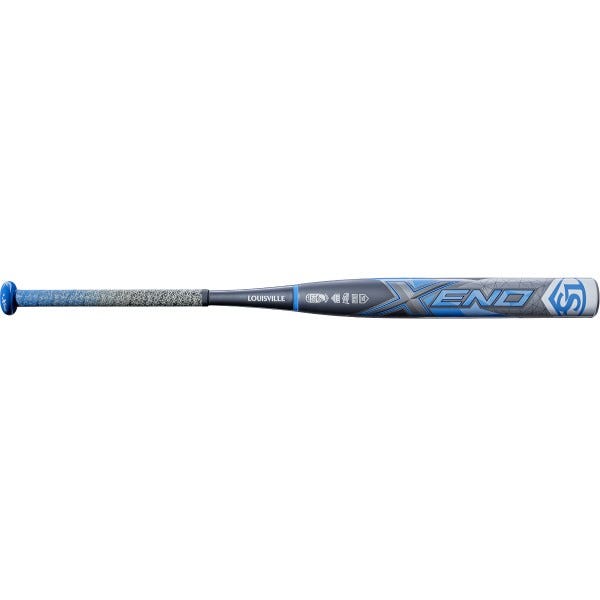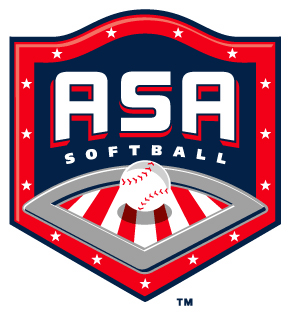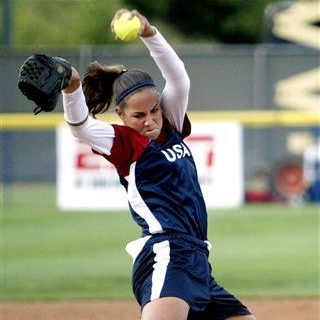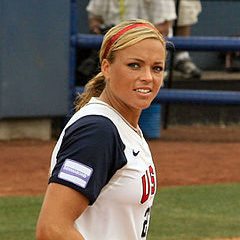Ball
Softballs are created in many different sizes. In fast pitch softball, most leagues use a ball with a circumference of 12 inches (30 cm) that weighs 6.25 ounces (177 g). Younger players generally play with an 11-inch (28 cm) circumference ball. The ball has a leather or synthetic leather surface and may optionally have a raised seam. The ball’s color has changed over time: most leagues have switched from a white ball to a high-visibility “optic” yellow ball; some men’s leagues still use the white ball.
Bats
Bats in fastpitch softball come in various sizes and consist of wood, metal or other composite materials. Some leagues may require wooden bats because of player safety issues. All bats used in ASA softball competition must have an ASA-approved stamp and be included in a list of approved bat models published by the ASA national office. All organizations, such as NSA, USSSA, ISA, and ISFA, all require their own approved stamps, without one, the bat is illegal ad cannot be used, a usage will result in being thrown out of the game All A fastpitch softball bat may be no more than 34 inches long, 21⁄4 inches in diameter. Also, a “drop” of no more than 13 is allowed. The drop is calculated by taking the length of the bat in inches and subtracting the weight in ounces. Female players tend to use specialized fastpitch bats, while male players typically prefer slow-pitch bats.
Gloves
Gloves are worn by all members of the defensive team and are made in many styles and sizes. The gloves are made with leather or a sturdy fabric. The catcher and first baseman usually wear mitts which include additional padding and no fingers. Gloves are similar to baseball gloves, but softball allows larger sizes up to 14 inches from top to bottom.
Uniforms
Fastpitch softball uniforms usually include a shirt, undershirt, properly fitted undershorts, baseball socks, cap, visor, and shorts. Baseball caps and headbands are optional for women, baseball caps are mandatory for men. Most female fastpitch softball players wear “sliding shorts” which protect the back of thighs when sliding into bases. Some players may also wear shin guards to protect the area below the knee up to the ankle. Male players wear the long “baseball style” pants. Fastpitch softball shoes may have cleats or spikes. Rounded metal or hard plastic spikes are not allowed due to the increased risk of injury to an opponent in a slide.
Batting gloves can also be worn when playing fast pitch or slow-pitch softball. Batting gloves are designed to improve a player’s grip and to provide protection for batters when they are at the plate. Batting gloves also provide added protection for the hand in the fielding glove when fielding and catching balls. Batting gloves are designed to prevent a player’s hands from breaking.
Helmets
Helmets are required in fast pitch softball. There are many different styles of batting helmet but must have two ear flaps, and most girls have a face mask on their helmet for extra protection. Any helmet that has been damaged, altered or previously repaired is not permitted for use. The catcher must wear a protective helmet, a face mask, and a chest protector. Male catchers must wear a protective cup. Aside from the catcher, any other player on the fast pitch softball team may wear a protective mask or face guard in the field. These masks are designed to prevent traumatic facial injuries.










